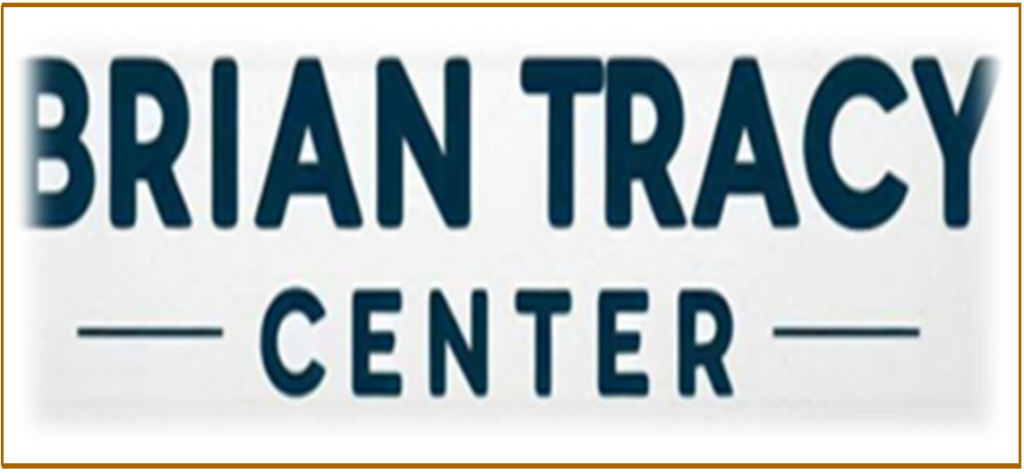I’ll never forget our first family trip to Disney Paris. We had planned for months, imagining the joy on our children’s faces as they met their favorite characters and enjoyed the magical rides. On the morning of our trip, we dressed for the sunny weather forecast—light clothes and sun hats, eager to embrace the Parisian sun. But as we arrived at the park, the weather took an unexpected turn. Dark clouds rolled in, and soon, a chilly rain began to pour. We were completely unprepared, shivering in our summer outfits, scrambling to find raincoats and umbrellas.
The sudden weather changes left us distracted, disoriented, and frustrated. Our focus quickly shifted from enjoying the day to just trying to stay warm and dry. Standing in long lines for the rides, with rain soaking through our clothes, made the experience feel like a nightmare. The discomfort overshadowed the magic of Disney, and instead of creating joyful family memories, we were simply trying to endure the day. That experience taught me a valuable lesson about the importance of preparedness and adaptability.
Now, imagine this in a leadership scenario—where your default leadership style is suddenly tested by unforeseen circumstances. How prepared are you to pivot and adapt when the situation calls for a different approach? Leadership is a lot like dancing: when the rhythm changes, you have to adjust your steps to stay in sync. If you don’t, you risk looking out of place.
In this article, we’ll explore various leadership styles and key strategies to enhance your capacity to adapt to shifting demands, ensuring you’re ready to lead effectively in any situation.
What Are the Different Leadership Styles?
Leadership styles are various approaches leaders use to guide, motivate, and manage their teams. The following are some of the most common leadership styles, along with when it may be most effective to use each:
Autocratic Leadership:
This style involves a single leader making all decisions without team input. It can be effective when quick decisions are necessary or in high-pressure situations where there is little time for discussion. Autocratic leadership works well in industries like manufacturing or the military, where structure and fast, clear decision-making are critical.
When to use: In crisis situations where time is limited, during emergencies, or when dealing with inexperienced teams that require clear, immediate direction.
Democratic Leadership:
Also known as participative leadership, this style encourages input and collaboration from team members. Although the leader makes the final decision, they value the team’s opinions and involve them in the decision-making process. This style is highly effective when innovation or problem-solving requires diverse perspectives.
When to use: When collaboration is needed to generate ideas, in complex problem-solving situations, or when building team morale and engagement is important.
Transformational Leadership:
Transformational leaders inspire and motivate their teams to exceed expectations by creating a shared vision for the future. They focus on long-term goals and are highly effective at driving change, innovation, and high performance. This style works best in dynamic industries such as technology or start-ups.
When to use: During times of organizational change, when innovation is needed, or when motivating a team to achieve ambitious, long-term goals.
Transactional Leadership:
Transactional leaders rely on clear structures, rewards, and penalties to achieve results. This style is effective in environments where tasks are clearly defined, and consistent performance is necessary. It is often seen in sales or production environments, where hitting specific metrics is key.
When to use: In routine operations where clear objectives, processes, and deadlines need to be met, such as in sales teams or production lines.
Laissez-Faire Leadership:
Laissez-faire leaders provide minimal oversight and allow team members to have a high degree of autonomy. This style works well with highly experienced, self-motivated teams that need little supervision. It’s often used in creative fields where professionals thrive on independence.
When to use: When working with highly skilled and self-driven professionals, such as in research, creative industries, or tech start-ups.
Servant Leadership:
Servant leaders prioritize the growth and well-being of their team members. They focus on creating a supportive and nurturing environment, helping others grow both personally and professionally. This style is common in non-profit organizations and educational settings.
When to use: When leading a team that requires support, guidance, and professional development, or when the focus is on long-term relationship building, such as in educational or community-driven environments.
Which Leadership Style Is the Most Effective?
There’s no single leadership style that works in all scenarios. The most effective leaders adapt their approach based on the team’s needs, the organization’s culture, the task at hand, and their own strengths. Adaptive leadership, which allows leaders to switch between styles as needed, is considered one of the most effective approaches.
Why Is Adaptive Leadership So Effective?
Adaptive leadership excels because it tailors the approach to the situation, the team, and the task. Here’s how adaptive leadership enhances outcomes:
- Meeting Team Needs:
Different teams require different levels of guidance. A less experienced team may need a more autocratic or transactional approach, while a mature, highly capable team might benefit from a laissez-faire or democratic style.
- Navigating Situational Challenges:
In crisis situations, an autocratic style may be best to provide clear, decisive direction. When driving innovation or transformation, a leader may need to adopt a transformational style to inspire and motivate.
- Enhancing Communication and Trust:
A democratic style can boost team morale and engagement, as team members feel valued and heard. In contrast, a transactional style is ideal when expectations and accountability need to be clearly established.
- Encouraging Personal and Professional Growth:
Servant leadership or transformational leadership can help foster long-term development, supporting team members in reaching their full potential.
How Do You Adapt Your Leadership Style?
- Self-Awareness:
Understanding your default leadership style is crucial. Reflect on your past experiences, get feedback from your team, and assess how you’ve handled different situations.
- Know Your Team:
Get to know your team members, their work styles, strengths, and areas for growth. Tailor your approach to best support their success.
- Assess the Situation:
The context matters. For routine tasks, a transactional approach may work best, while a major change initiative may require transformational leadership.
- Be Flexible:
Don’t rely too heavily on one style. Be willing to switch from one style to another based on team dynamics and the evolving circumstances.
- Continuous Learning:
Leadership is a journey. Stay updated on leadership theories, attend workshops, and learn from other leaders to enhance your adaptability.
What Are the Advantages of Adaptive Leadership?
Adapting your leadership style offers several key benefits:
Improved Team Performance: Teams perform better when their leader’s approach aligns with the task at hand and their needs.
Higher Engagement and Satisfaction: Team members feel more valued, which increases job satisfaction and morale.
Enhanced Innovation: Flexibility fosters creativity, as team members feel empowered to contribute new ideas.
Better Conflict Resolution: Different leadership styles can help navigate conflicts more effectively.
Personal Growth: Adaptive leaders develop new skills, making them more effective in a variety of situations.
Conclusion
Leadership isn’t about sticking to one style. Just like dressing appropriately for an occasion, effective leadership requires adapting your approach to meet the needs of the moment, your team, and the specific situation. By being flexible and learning to switch styles, you can maximize your impact and guide your team to success.


